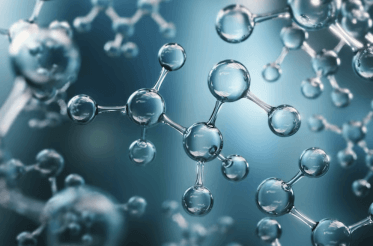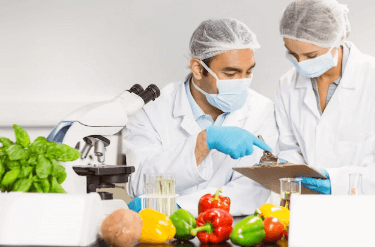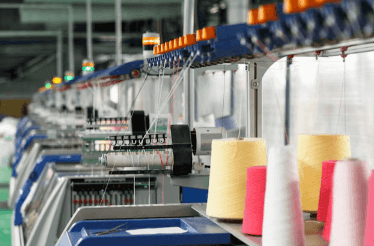Question
a.
diglycerides
b.
triglycerides
c.
tetra glycerides
d.
none of above
Posted under Biology
Interact with the Community - Share Your Thoughts
Uncertain About the Answer? Seek Clarification Here.
Understand the Explanation? Include it Here.
Q. Lactating mammary glands and adipose tissues converts glucose into
Similar Questions
Explore Relevant Multiple Choice Questions (MCQs)
Q. In the liver the stored glycogen is converted into glucose by the action of
View solution
Q. In allosteric control the activator that activates glycogen phosphorylase is
View solution
Q. Tunnels which allow specific ions to pass through them are called as
View solution
Q. The energy required for passive transport is
View solution
Q. Any favorable movement of solute across membrane is called
View solution
Q. The transport of different types of molecules across the membrane is mediated by an integral protein named as
View solution
Q. Pentose phosphate pathway is also termed as
View solution
Q. The number of phases in pentose phosphate pathway are
View solution
Q. The molecule generated in oxidative phase of pentose phosphate pathway is
View solution
Q. Pentose phosphate pathway is parallel to
View solution
Q. The primary role of pentose phosphate pathway is
View solution
Q. The amount of amino acid residues in proteins ranges from
View solution
Q. The bond formed between two amino acid molecules is
View solution
Q. The lifetime of peptide bond in aqueous solution in absence of catalyst approaches to
View solution
Q. The formation of dipeptide from two amino acids is accompanied by loss of
View solution
Q. In hydrolysis of proteins energy is
View solution
Q. Each amino acid unit in polypeptide chain is called
View solution
Q. In vertebrates the blood flows in
View solution
Q. The walls of capillaries are made up of cells named as
View solution
Q. Capillaries help to exchange substances between blood and
View solution
Recommended Subjects
Are you eager to expand your knowledge beyond Biology? We've handpicked a range of related categories that you might find intriguing.
Click on the categories below to discover a wealth of MCQs and enrich your understanding of various subjects. Happy exploring!








